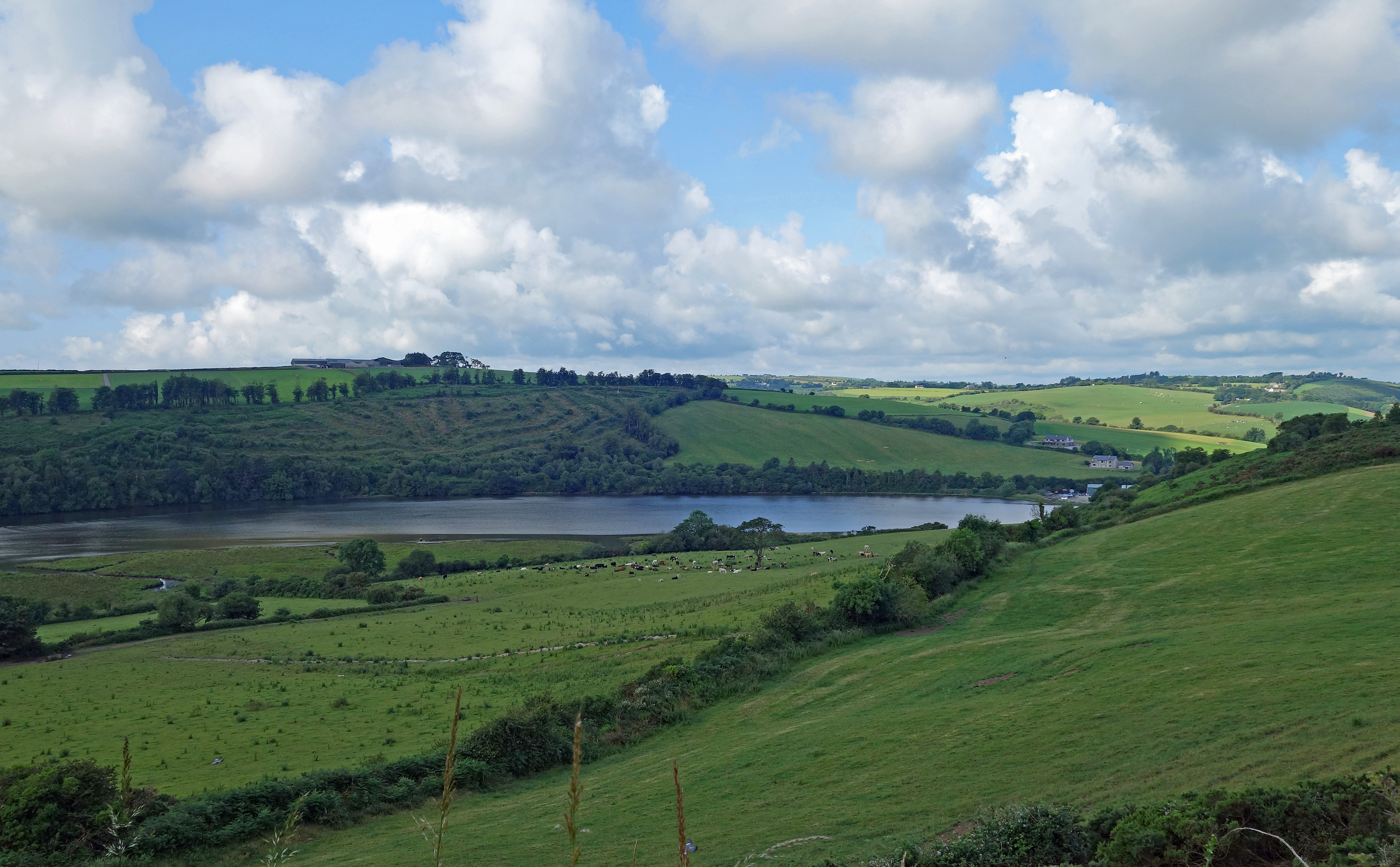
Well, after two failed attempts at visiting Ireland we have finally made it to the Emerald Isle. I am beyond excited that we are here and spending the next two and half months exploring the two amazing countries that make up the island, The Republic of Ireland and Northern Ireland 💕💕
We arrived in Cork, Ireland via an overnight ferry from Roscoff, France. It took 15 hours and thankfully we had calm seas so the journey was perfect. Brittany Ferries runs this particular route twice a week and the reason we took the ferry was so we could bring our French car with us. I may have mentioned earlier that car rentals in Ireland were prohibitively expensive, plus we could not get one for 2.5 months continuously, so it was much cheaper for us to bring the leased car with us from France. The base ferry crossing for ourselves and the car cost 405 Euros ($440 USD) plus we booked a 4 berth window cabin for another 174 Euros ($189 USD) so we could spend the night in comfort. If you don’t want to pay for a cabin you must pay 17 Euros ($18.50 USD) per person for a reserved seat, they require everyone to have a designated place to be during the crossing. For us, the cabin was well worth it, we had 4 bunks, a window, a toilet and shower plus it was a quiet refuge from the hundreds of children on the ship. The Irish do love to have lots of children!!

Arriving at the Ringaskiddy ferry terminal just outside Cork at 10am the following day we had a few hours before our apartment was ready so we got to know the area around Bandon as we searched high and low for a blender. We had not bought one yet because we wanted to buy one with the correct plug in for the longest portion of our travels, which is Ireland. It took looking in 8 different stores, but we finally have our blender 👍 By 2pm our apartment on the farm was all ready for us and we settled in for a 10 day stay. We had a list of places to see which was added to by our very helpful hosts.
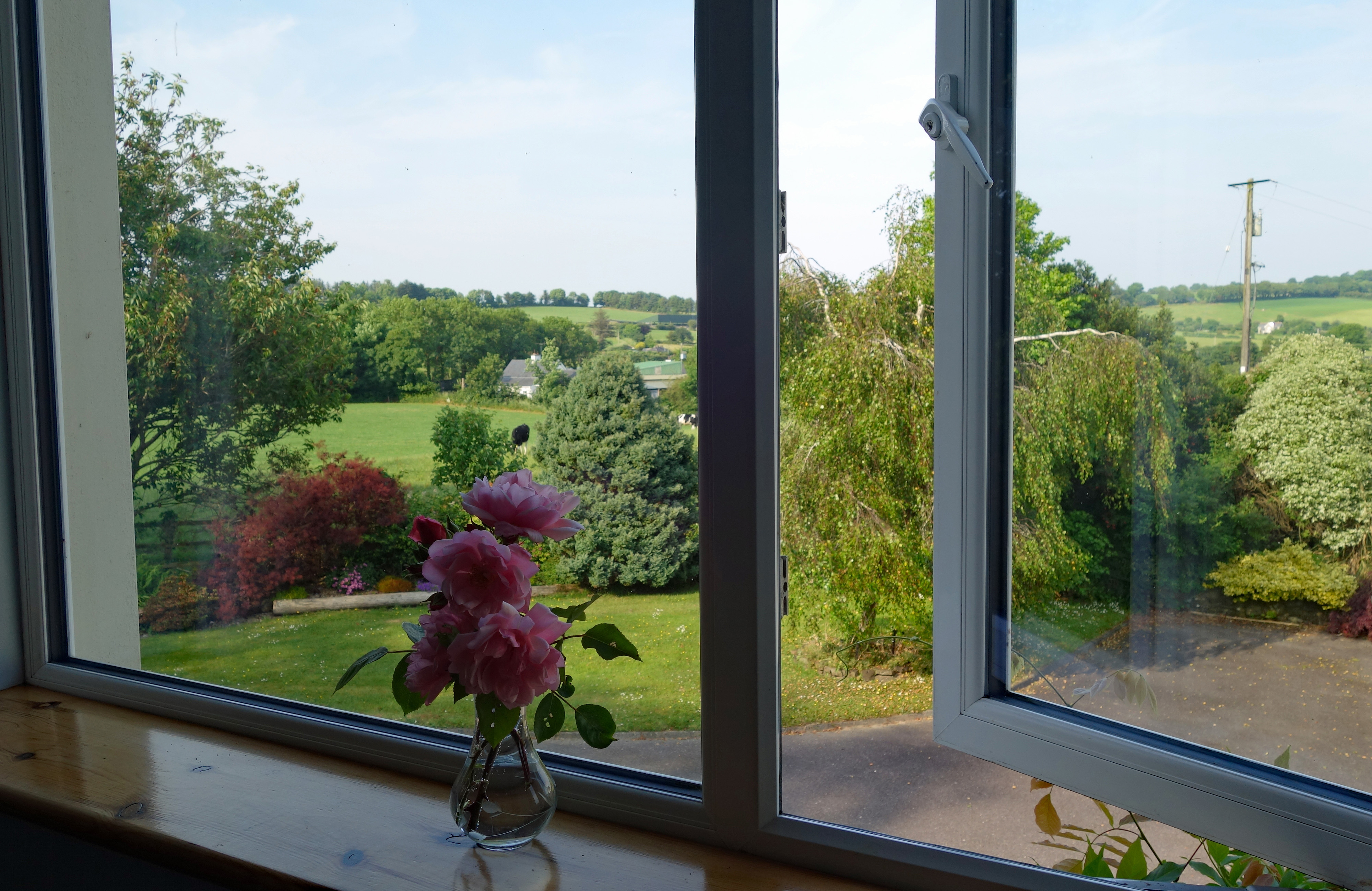
MIZEN HEAD (Carn Ui Neid) and THREE CASTLE HEAD
Working under the “get out while the weather is good” plan we were off early the day after we arrived in Ireland. Our destination was 90 minutes away to the southwestern-most tip of Ireland on the Wild Atlantic Way, Mizen Head. On the recommendation of our host, we took the scenic route and boy was it scenic, with very narrow and twisty roads. Blair did an amazing job keeping to the left hand side of the road!! We arrived at the Mizen Head Visitor Center not long after they opened at 10:30am and bought tickets for 6 Euros ($6.50 USD) each to walk the various pathways along the cliffs to the old Mizen Head Signal Station. To get there we had to cross the Mizen Head Bridge, which was a little exciting peering over the edge 😲 The explosive fog signal station was built in May 1909 at this most south-westerly point of Ireland. In bad visual conditions the keepers would set off an explosive charge every three minutes to warn passing ships of land. The fog signal was discontinued in the 1970’s when sonar and GPS took over. The signal station buildings are full of old photographs, notes, equipment and videos of life at the signal station as well as loads of information about the Fastnet Lighthouse located 15km southeast of Mizen Head, this is worth reading about! It’s easy to spend at least a couple of hours here admiring the views and reading about the history of the area. Being a lighthouse keeper was a challenging job in those days!
From Mizen Head we drove to Three Castle Head to see the remote Dunlough Castle. The castle towers are situated on a private working sheep farm but the owner has made a small car park and marked off a trail through his fields to the lake and towers. There is an honesty box near the trailhead where 3 Euros ($3.25 USD) per person is requested to help maintain access to the historic towers. The walk from the parking lot is a mildly challenging 1.5 km up and around the hillside with amazing views all the way. Once you crest the hill, the towers come into sight and it’s a view we are unlikely to forget, it’s hauntingly beautiful here. We sat for a few minutes to take it all in before continuing down the hill to the castle. Because it’s not easy to get here you don’t get busloads of tourists so we had the place to ourselves and the absolute silence was magical. Dunlough Castle is said to be one of the oldest Anglo-Norman castles in southern Ireland. The ruins which remain there now date from around the 15th century, although the first fortifications date back as far as 1207. It’s a single lane road to get here but most definitely worth the drive.
DROMBEG STONE CIRCLE aka The Druid’s Altar is a small stone circle in County Cork. During winter solstice the sun sets on the horizon at a point aligned with the axial stone and the portal stones. Nearby are the remains of two stone huts and a communal cooking pit, estimated to have been used into the 5th century. Although it’s not a significant stone circle, it’s one of the most visited in Ireland. The site was excavated and restored in 1957 with carbon dating suggesting it was used from 1100-800 BC. It’s a narrow single lane road to get here as well!!
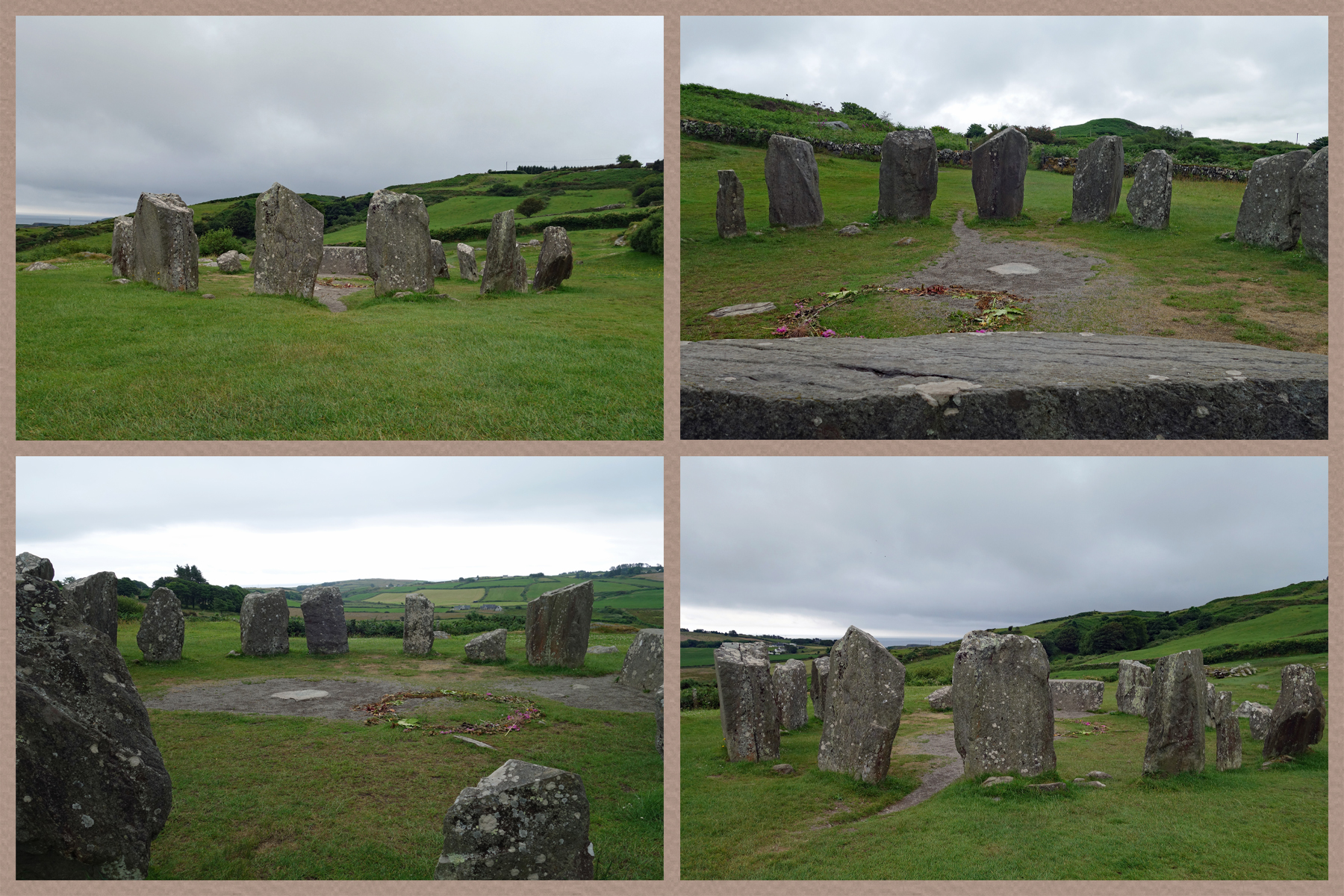
INCHYDONEY BEACH is popular with surfers, swimmers and beach lovers. It was a very cool, overcast morning when we were there yet we saw some very hardy swimmers in the sea, sans wetsuits no less, and a few others learning to surf. The sign by the lifeguard hut said the water was 15 Celsius (59 Fahrenheit)…..waaay to cold for my liking 🥶 I used to complain in Cayman when the water got to 79 Fahrenheit in the winter so there’s no way I’ll be gettin in the water in Ireland!!

CLONAKILTY (Cloich na Coillte)
5 km from Inchydoney Beach is the small town of Clonakilty, surrounded by rural dairy farmland. The town is a tourism hub in West Cork and the day we visited, the Clonakilty Street Carnival was going on. We were there before the festivities really got going and were able to have a look around the town center. Clonakilty is famous for their black pudding, a regional blood sausage. Ugh, sorry, sausage made from blood, fat and oats or barley makes my stomach churn 🤢 Moving on, we popped into the very large Catholic church in town, the Church of The Immaculate Conception. Built from 1870-1880 the interior has some beautiful stained glass and rose windows.
TIMOLEAGUE (Tigh Molaige) is another small village in County Cork where we visited the Timoleague Abbey, a ruined medieval Franciscan friary. Founded in 1240 and built on the site of a sixth century monastic settlement the abbey has seen better days, being sacked and burned numerous times over the centuries. Following the final burning down in 1642 the friary was abandoned and left in ruins, after which local families began burying their dead within the friary walls. I had wondered why we saw graves in every room of the ruins!
BLARNEY CASTLE
Hearing about the potential crowds at the castle we arrived 15 minutes after opening and it was not too busy yet. We beelined to the castle to get that part done before busloads of visitors arrived, we were able to walk right in, up and around the entire castle. Talking to our host the next day, his previous guests waited 30 min to get in the castle and when they left the wait was 90 minutes…oh boy, I think we have the luck of the Irish on our side ☘️
Blarney Castle is a medieval ancestral stronghold of one of the most powerful of the ancient clans of Ireland, the MacCarthy’s, and one of the most famous castles in Ireland. The castle was built around 1446 by Cormac MacCarthy and the MacCarthy’s held on to this great fortress until 1690 when they were forced to leave by the British. Blarney Castle is an unusually large tower and in fact is made up of two towers built 100 years apart. It must have been quite the place in it’s heyday!!
Interestingly, the castle itself is not the main attraction, the Blarney Stone is, go figure!!! The Blarney Stone is a block of limestone built into the battlements at the top of the castle. There are numerous stories to explain the origin of the stone and why kissing it will grant you the gift of gab so who knows what is true. To kiss the stone you must first climb to the top of the castle via some very narrow spiral staircases, then lie down and lean over the edge backwards to kiss the stone. In the olden days people would fall to their death attempting this, but today there are assistants and iron bars to prevent this from happening. It’s too much of a tourist trap for me but we watched a few folks lying down and trying to bend far enough backwards to kiss the stone, not all were successful. We quickly stepped over the mat and carried on exploring the castle.

Surrounding the castle are beautiful and extensive gardens. There are paths throughout the property with signs pointing out the various attractions. There is also Blarney House, a Scottish baronial-style mansion, built on the grounds in 1874. We spent a while exploring, culminating with a stop at the café for coffee and a scone. The castle does not take long to visit so the grounds are a nice place to spend an hour or so enjoying the outdoors.

KINSALE (Cionn tSaile)
Our visit to the pretty port town of Kinsale was on a lovely rain free day. We don’t usually join walking tours but this one had good ratings and when we turned up there was not a large crowd waiting. Our guide David, from Historic Stroll Kinsale, was exactly what you’d expect from an Irish guide…funny, charming and with a wealth of stories all delivered in a lovely lilting Irish accent. It was a thoroughly enjoyable 90 minute walk learning the history of Kinsale, we would recommend this tour company if you are visiting the area. The tour costs 8 Euros ($8.70 USD) per person, payable at the end of the tour, and only if you thought it was worth it. We definitely did 😁
Kinsale is famous for the 1601 ‘Battle of Kinsale’ when the English defeated the Irish clans and the Spanish armada. This was a pivotal time in Irish history as England then controlled Ireland and the old Gaelic way of life was wiped out following the breakdown of power of the Clans. Following their victory, the English built James Fort and Charles Fort to protect the entrance to the harbor. Kinsale remained a strategic port town over the ensuing 300 years but these days has transitioned to tourism, pleasure boating and fishing.
St. Multose Church is one of the most important buildings in Kinsale’s history. Originally built in 1190 the church has undergone improvements and additions during it’s 800 year history and is thought to be one of the oldest standing churches in Ireland. Within the church is a baptismal font thought be be from the 12th century, and in the graveyard are graves of three Lusitania victims.

COBH (pronounced COVE) formerly Queenstown
We sailed past Cobh when we arrived on the ferry from France and had our first glimpse of the cathedral and colorful houses along the shore. Driving in for the day from Bandon, our destination was the Cobh Heritage Center, a museum about the mass emigration from Ireland, the naval history of Cobh and information about the Lusitania and the Titanic. Tickets to the museum cost 13.50 Euros ($14.70 USD) and our tickets each had the name of an emigrant, who’s fate we would learn while in the museum. Blair’s person was Patrick Heffernan who sailed out of Cobh in 1825 bound for Canada, he survived the journey, had a family and lived in Canada until his death in 1873. My person was Margaret Rice who sailed out of Cobh in 1912 on the Titanic with her 5 children, sadly none of them survived the sinking 😢 One part of the museum we found very interesting was about the convict ships leaving Ireland for Australia. Between 1791 and 1853 30,000 men and 9,000 women were sent as convicts from Ireland to Australia. The authorities regarded the sentence of “transportation” as an ideal means of removing criminals from Ireland and placing them in a country that needed their labor. In 2020 we visited the convict settlements in Tasmania, Australia seeing where some of the convicts ended up. I wrote about our time in Tasmania here.

Near the Cobh Heritage Center is a statue of Annie Moore and her two brothers. She is famous for being the first immigrant processed at Ellis Island, New York on December 31, 1891 after sailing from Cobh 12 days earlier with her two younger brothers.

St Colmans Cathedral usually known as the Cobh Cathedral is a Roman Catholic cathedral completed in 1919. It is a single spire cathedral with a 300 ft steeple making it the tallest church in Ireland. The church took 47 years to build because construction started and stopped several times with various people amending the plans and building design. The spire itself took 4 years to finish! The result of all the changes is a beautiful, ornate neo-Gothic design. The inside is just as stunning as the outside with intricate carvings and stained glass windows.
The Deck of Cards is one of Cobh’s top attractions. It is a picturesque row of colorful houses, and a popular place to snap a scenic photo. The locals joke that the nickname, the Deck of Cards, is because if the bottom house fell down, the rest would come tumbling down like a house of cards.

Around Cobh and Kinsale there are quite a few museums and memorials to the Titanic and the Lusitania. The Titanic has ties to Cobh as being the town that the last passengers boarded the ship for that fateful journey to America in April 1912 that resulted in over 1,500 deaths when the ship hit an iceberg and sank. The Lusitania was a Cunard passenger liner traveling from the USA to Liverpool, England when she was torpedoed on May 7, 1915 by a German U-boat and sunk off the Old Head of Kinsale. The ship sank in 18 minutes and of the 1,960 people on board 1,196 perished that day.
Whew, there was a lot to see in this small area of Ireland keeping ourselves rather busy. Next up is the Dingle Peninsula, a little quieter with some dramatic scenery to feast our eyes on…..
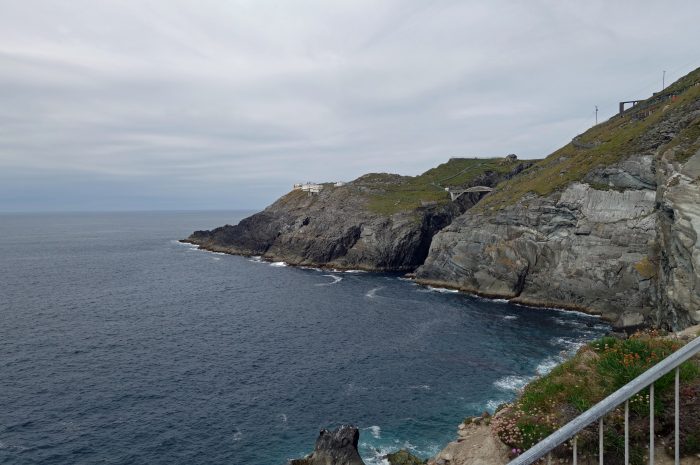
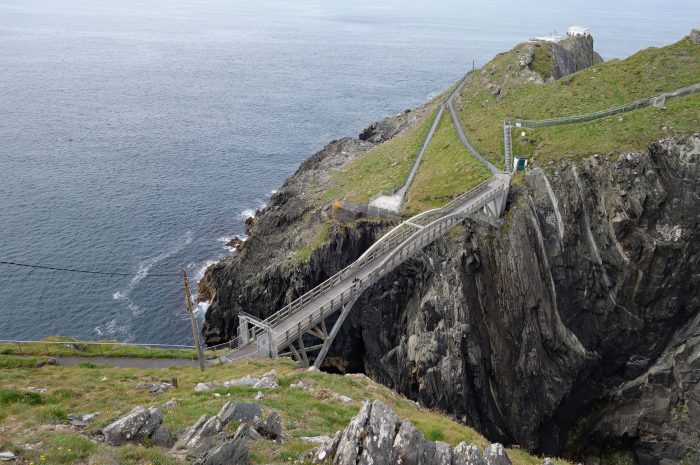
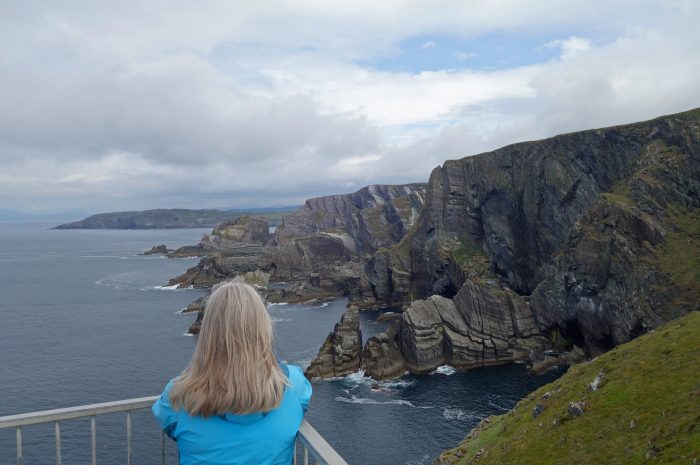



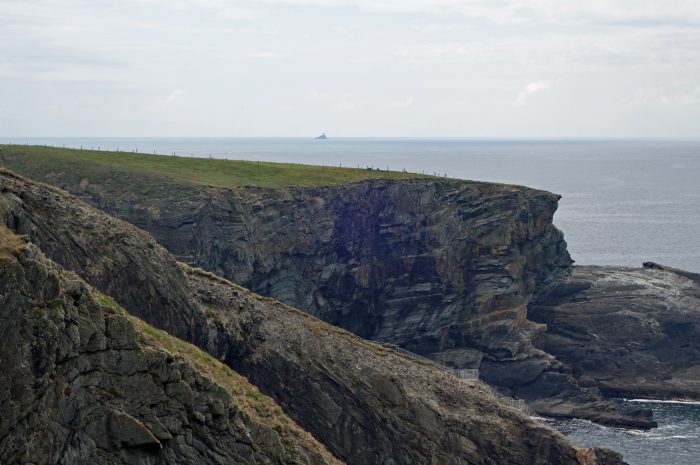


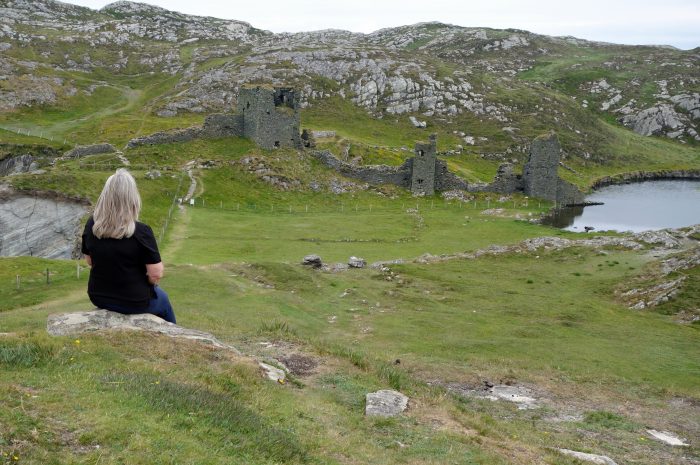

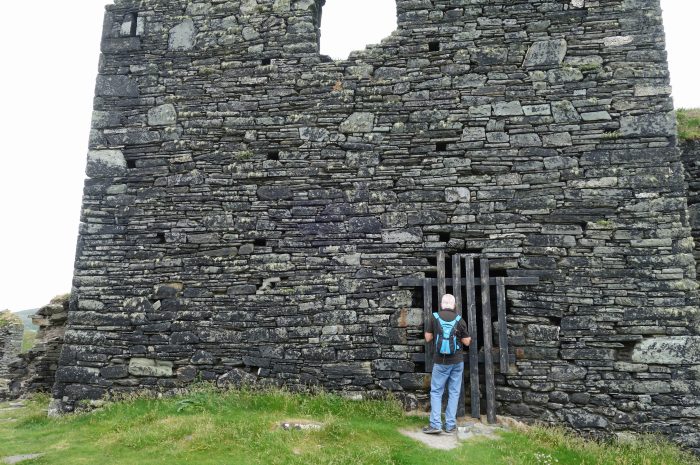

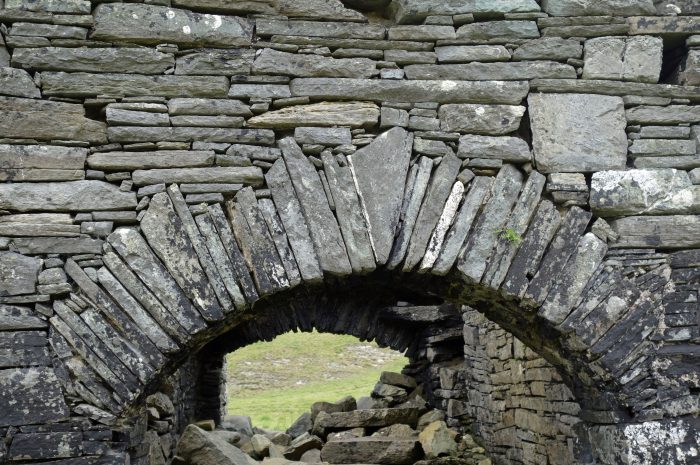
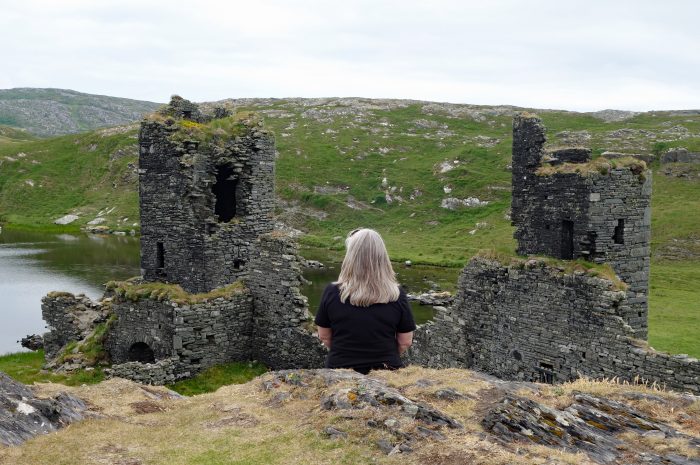

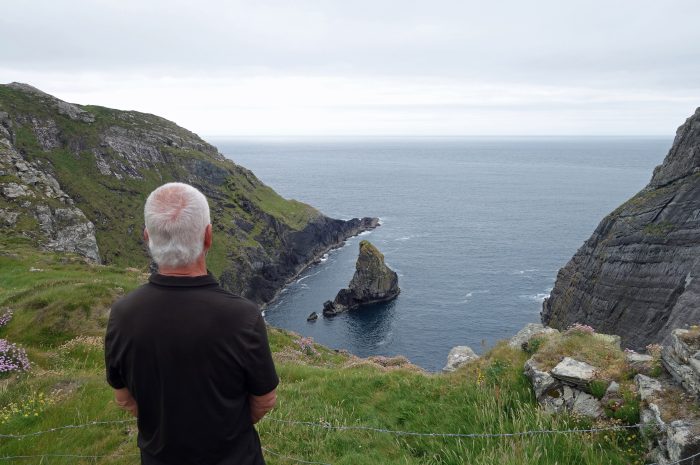
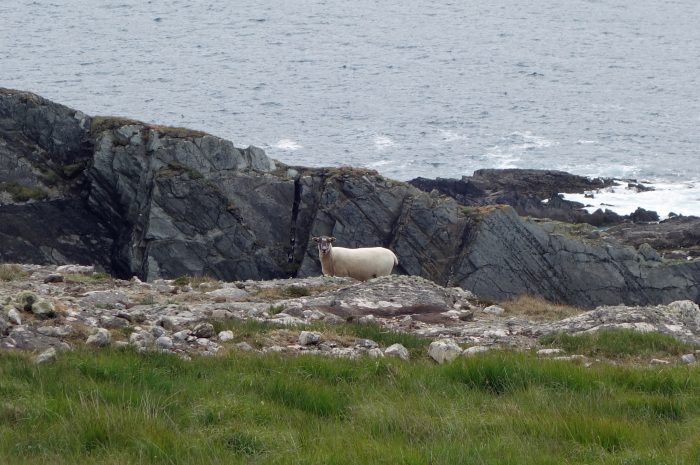

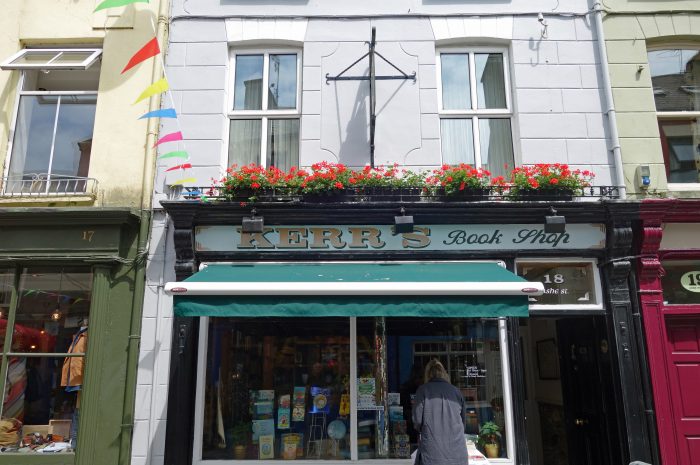

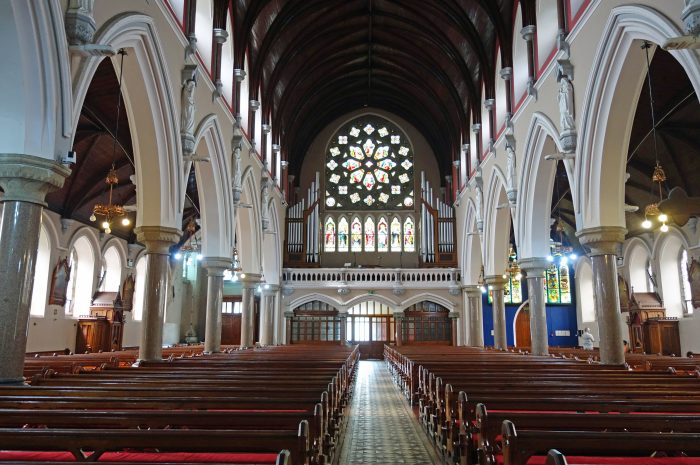

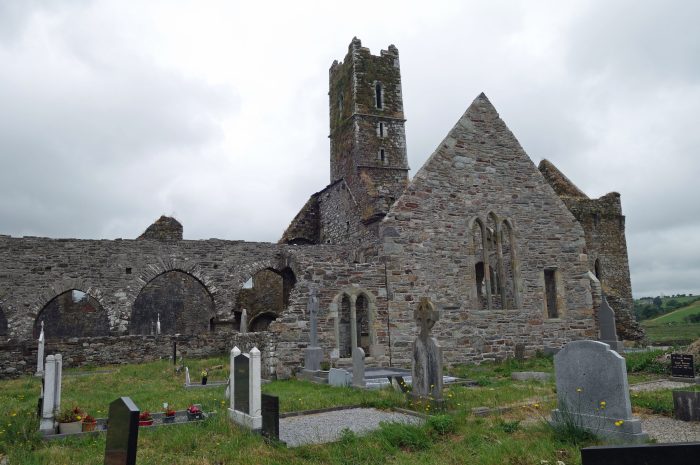





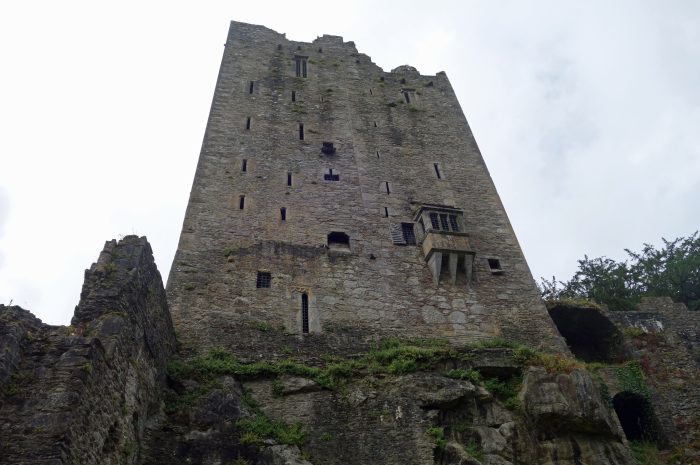



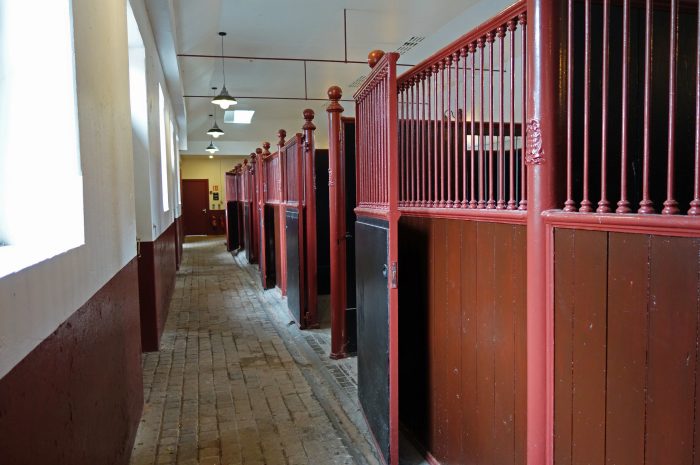

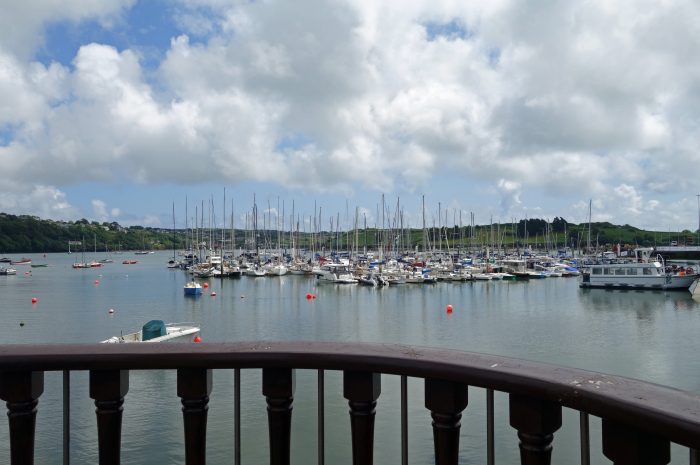















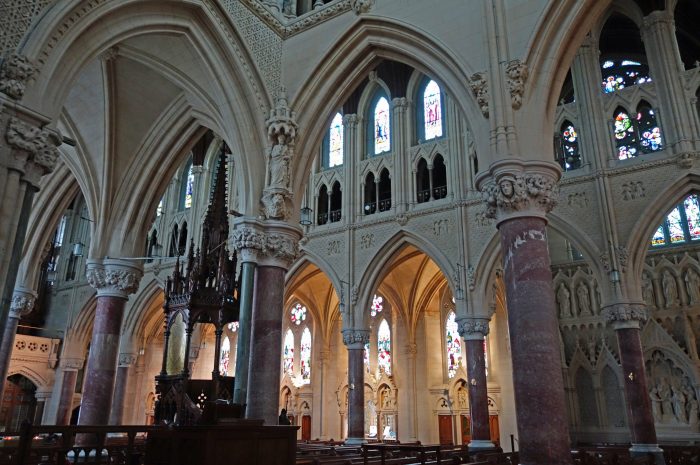



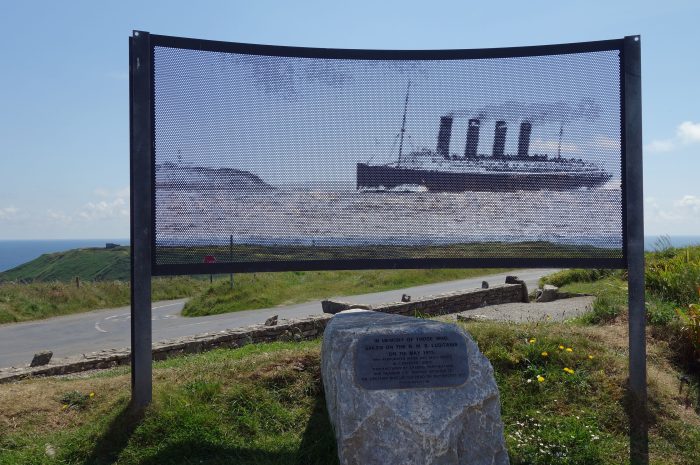


Wonderful post. Makes me wish we’d had a slower pace on our tour of Ireland last month!
Thanks Rose! I wondered if you would feel that way. I don’t think I would have enjoyed what you guys did, but it’s a good start if you plan to come back over here. We are enjoying having the time to discover out of the way places and avoiding the crowds wherever possible.
Another excellent description and photos of your journey and the scenery, as if we were tagging along with you and you were our tour guide. I want to hear from Blair what he thinks of the pubs though….fresh Guiness and pies.
Thanks Bruce! Blair says the Guinness is excellent 🍻 but not too many pies yet, lots of fish and chips and seafood chowder.